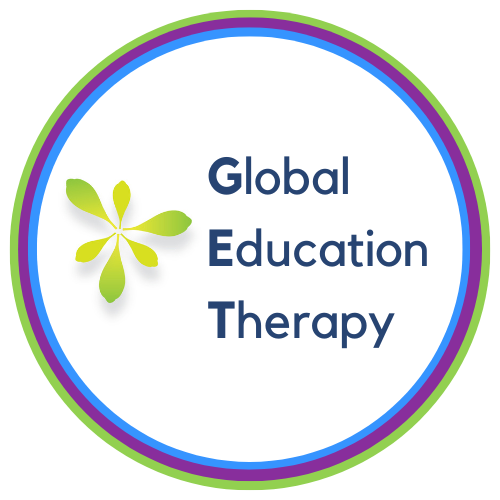Helping Your Child Learn the "R" Sound
Global Education Therapy, formally known as Worldwide Speech, is the pioneer of online education, speech therapy, and occupational therapy. We have over 12 years of experience providing services online.
We’ve all heard kids say a “w” sound instead of “r.” The best example is Elmer Fudd when he says, “I’m going “wabbit” hunting.”
A closer look at the /r/ sound:
In order to create a speech sound, we push air out of our lungs, up through our throat, and out our mouth or nose. The vibration of our vocal cords and movement of our articulators (e.g. tongue, teeth, lips, and jaw) change the airflow to produce different sounds. The “R” sound is hard for some children because it requires a unique tongue position that is difficult to teach. It also is tricky because other sounds in the word may influence the way the “R” sounds.
Look in the mirror and try saying these words slowly: Rain, Storm, Thunder
Did you notice how the “R” looks and feels different? In storm and thunder, the “R” sound is different because of the vowels next to it. There are six different vocalic combinations, [ar, air, ear, er, or, ire] which are collectively called vocalic R, r-controlled vowels, or vowel R. If “R” comes before the vowel, it remains a consonant. Altogether, there are at least 32 different “R” sounds to consider as separate sounds!
The “R” sound is one of the last sounds to be mastered by children, many children can say a correct “R” sound by 5 ½ years old, but some don’t produce it until age 7. In general, if your child isn’t producing “R” by first grade, you should consult with a Speech-Language Pathologist (SLP). An SLP can assess which of the 32 different “R” sounds your child consistently mispronounces to create therapy goals.
How Can GET Help My Child with R?
First, set up a FREE 20-MINUTE CONSULTATION with GET so we can determine your child’s needs. Next, GET will decide whether a comprehensive formal evaluation is warranted or if a screener would suffice. We have created an all-emcompassing/r/ Screener as an informal assessment for students who need to work on the /r/ sound. This digital screening is used to determine the best place to begin teaching your child the “r” sound Since /r/ is a complex phoneme to produce, what works well for one child doesn’t necessarily work for another. Some do well beginning with initial /r/; some do well beginning with a blend; others may do best with vocalic /r/. Even within vocalic /r/, therapy can’t be one size fits all. That’s why this screening looks at initial /r/ followed by different vowels, all of the /r/ blends, and all of the vocalic /r/ sounds in the initial, medial, and final positions.
This screener will help us identify what context the child is able to produce when given specific instructions. It can either be used in its entirety or with specific sections only. To keep kids’ attention, the PowerPoint slides advance with varied transitions, and stimulus pictures come in with fun and varied animations. Reading is not required for this screening. In addition, images are mainly real photos and are appropriate for all ages. We use the results to formulate a treatment plan for your child.
“R” Speech Therapy
After GET decides the best context to learn the “R” sound, our expert speech therapists will guide them through the following steps until they meet their goals.
Say “r” by itself (e.g., errrr)
Say “r” in the beginning of words (e.g., rainbow)
Say “r” in words with consonant blends (e.g., break, pray, tree, great, cry, stripe, sprint)
Say “r” in the middle of words (e.g., fairy)
Say “r” at the end of words (e.g., car, bear, near, fire, water)
The best part? We can do it all from home. Global Education Therapy is dedicted to increasing access to special education services and resources nationwide.
Still have questions? You can always reach out to Global Education Therapy! Go to Global Education Therapy for our:
FREE parent handouts
FREE parent resource videos
FREE online parent support group
FREE online webinars
FREE 20 min consultation with Global Education Therapy to see if we can GET the help your child needs!

